Madaripur, Aug 1 (V7N) - The Dhaka-Barishal highway, a major transportation artery in southern Bangladesh, is facing a critical safety crisis. A 47-kilometer stretch under the jurisdiction of the Madaripur Roads and Highways Department has deteriorated into a death trap, riddled with large potholes that are contributing to a sharp rise in road accidents. With an estimated 20,000 vehicles using the route daily, the lack of urgent and sustainable repair has left drivers, passengers, and pedestrians in constant fear.
On July 31, an on-site inspection revealed extensive damage along key points of the highway. The asphalt has eroded in many areas, creating deep potholes that force vehicles to swerve dangerously, increasing the risk of collisions. Notable danger zones include Bhurghata, Pathuriapara, Kornpara, Bhanga Bridge, Tatibari, Mostafapur, Ghatakchar, Samaddar, Sanerpara, Rajoir, Tekerhat, Diknagar, Chagolchira, Boritala, and Babnatola. Every one of these locations now poses a significant threat to road users.
The affected segment, from Bhanga in Faridpur to Bhurghata in Kalkini, is part of a crucial link for travelers from six districts in Barishal Division, as well as Madaripur, Shariatpur, and Gopalganj. Following the opening of the Padma Bridge, vehicular traffic on this highway has surged, yet the road has seen no proportional development. The result: a congested, crumbling highway that is unable to handle the volume, with accidents becoming increasingly frequent and severe.
Recent incidents underscore the urgency. On July 28, a passenger bus veered off the road and fell into a ditch in the Boritala area, killing the driver and injuring at least 15 others.
Passengers describe the experience as harrowing. Dulal Shikder, a frequent traveler, stated that traveling on the highway causes headaches and nausea due to the continuous jolts from potholes. Israt Jahan Tumpa, a private sector employee, noted that she feels a sense of fear every time her journey reaches the Madaripur segment, citing delays and anxiety over potential crashes.
Drivers echo these concerns. Microbus driver Arif Mridha said the road is in such poor condition that it is becoming dangerous to drive at all. Sohag Khan, a pickup truck driver, added that navigating the pothole-ridden stretch has affected his health. Golden Line Transport driver Md. Yamin reported frequent vehicle damage caused by the potholes, impacting his ability to maintain a regular schedule.
According to Engineer Nazmul Hasan, Executive Engineer of the Madaripur Roads and Highways Division, emergency repairs using brick chips, sand, and loose gravel are underway but remain temporary and ineffective, especially during rains. A proposal for sustainable repair funding has been submitted and is awaiting approval from the Ministry. He added that some repairs are being conducted by contractors within their allotted project timelines.
Looking ahead, authorities have plans to upgrade the highway to six lanes, which they hope will ease traffic pressure and improve safety. Until then, road users must continue to navigate one of the country's most dangerous stretches of highway—a route where every journey could become a tragedy.
END/SMR/SMA/



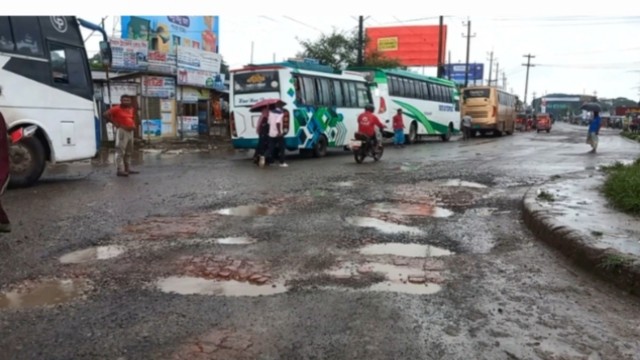
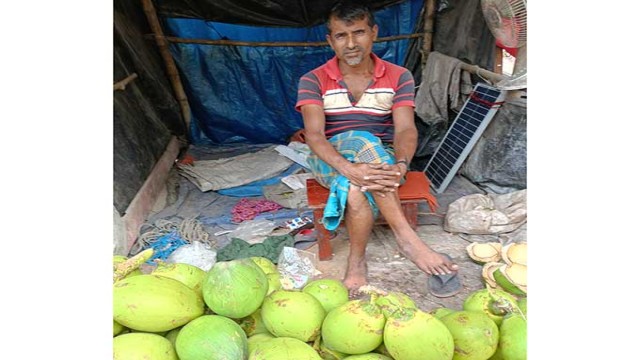
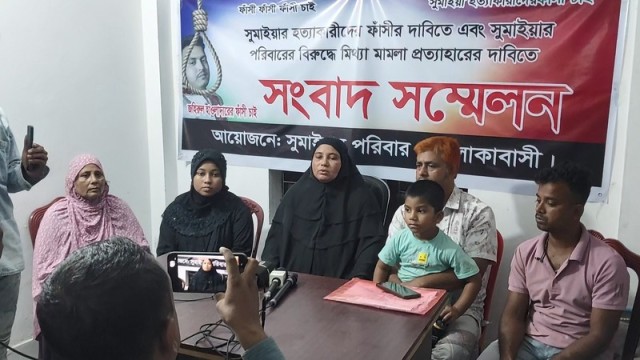
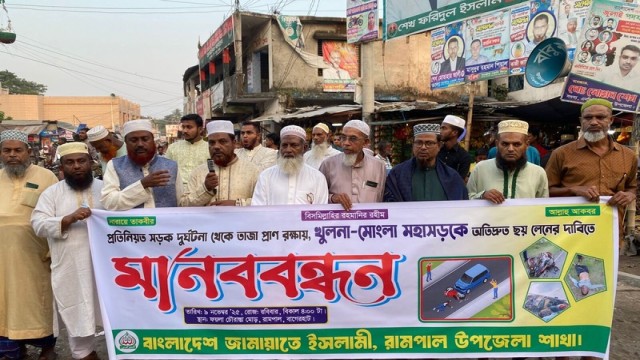
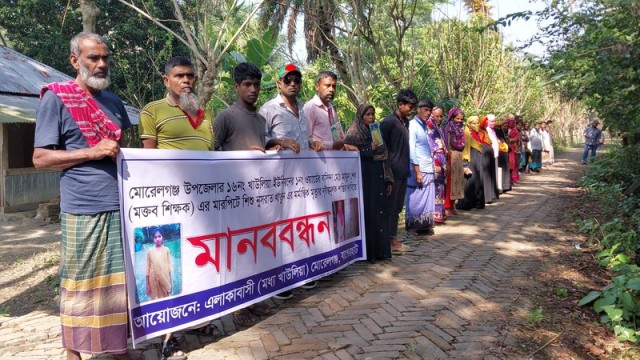

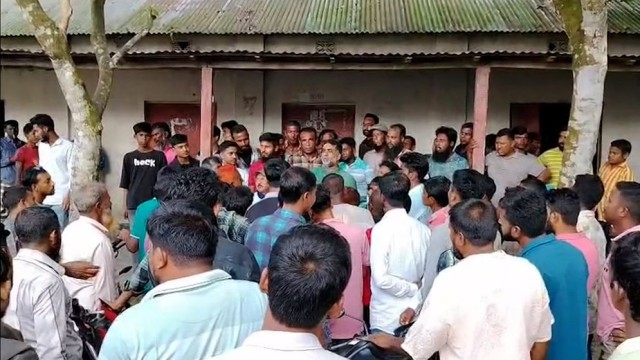
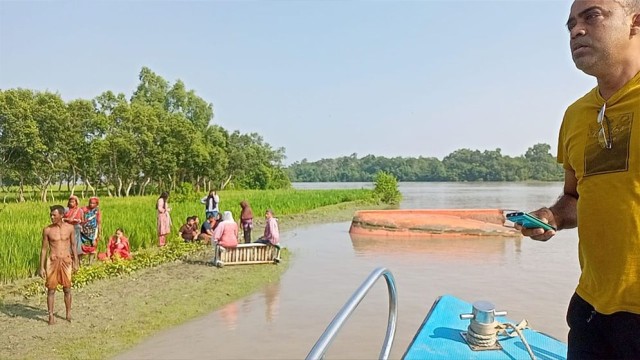
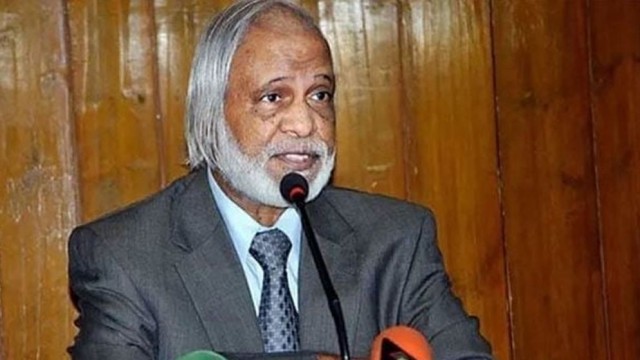
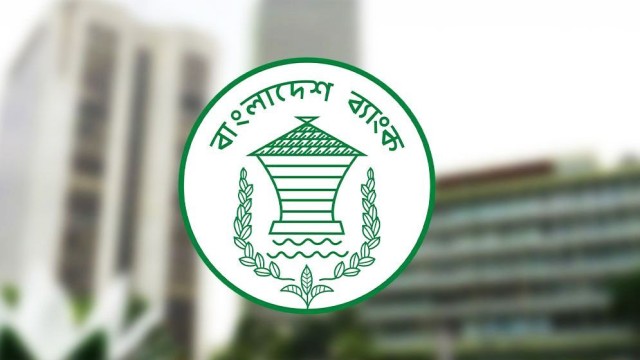
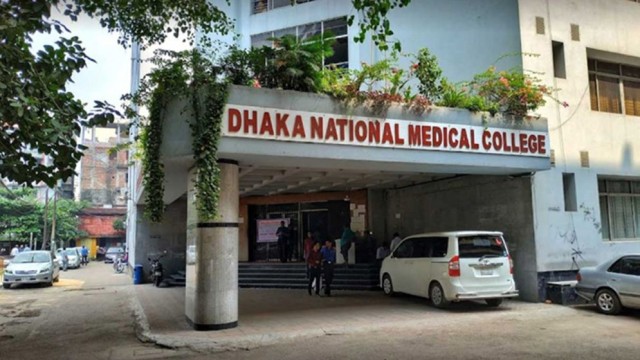
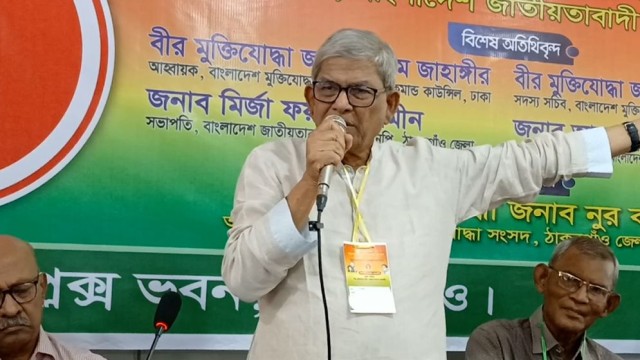
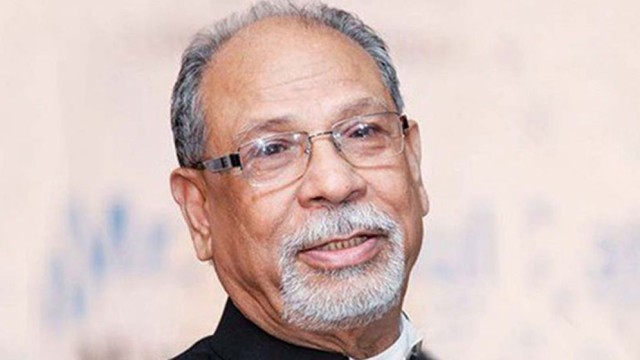
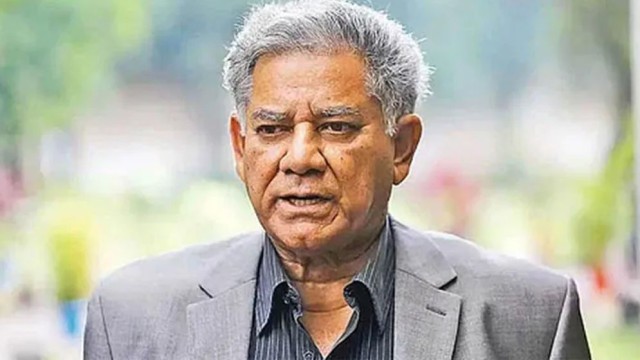
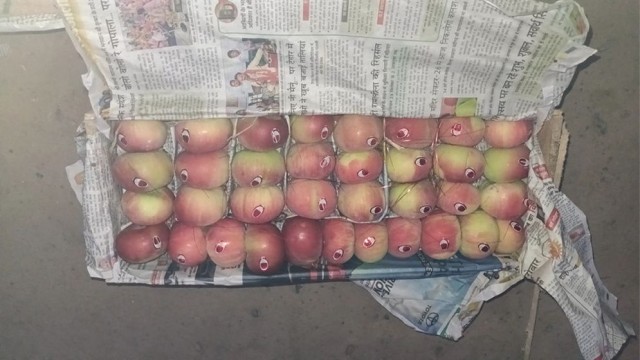

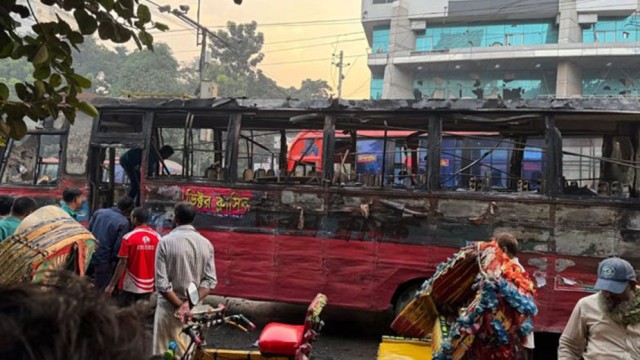



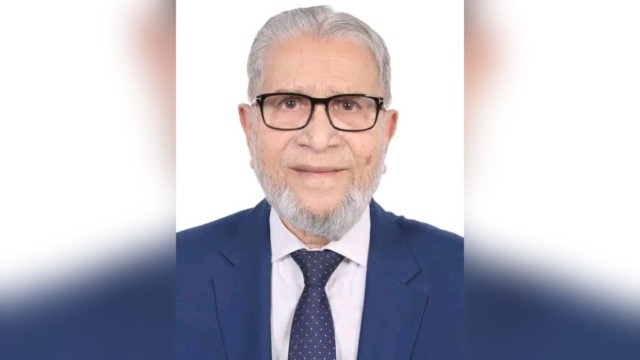

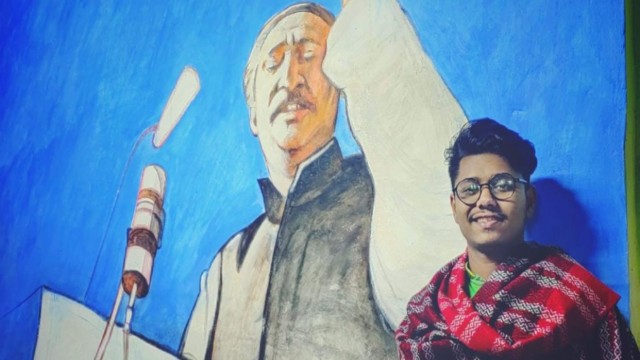
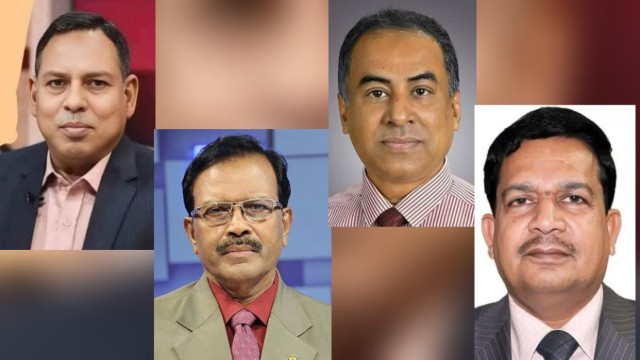
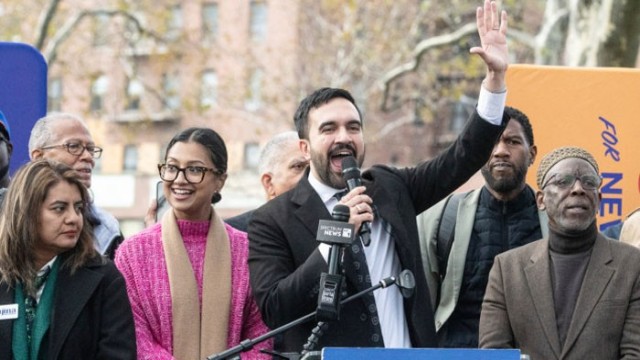
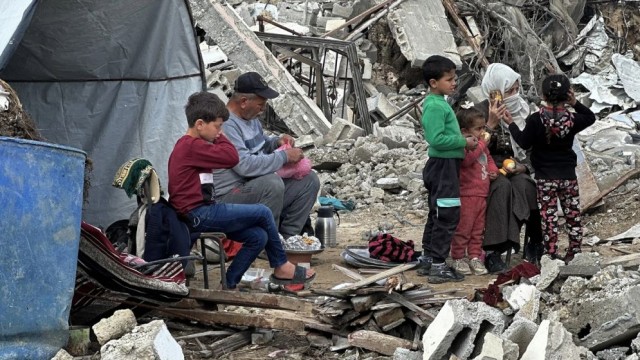


Comment: